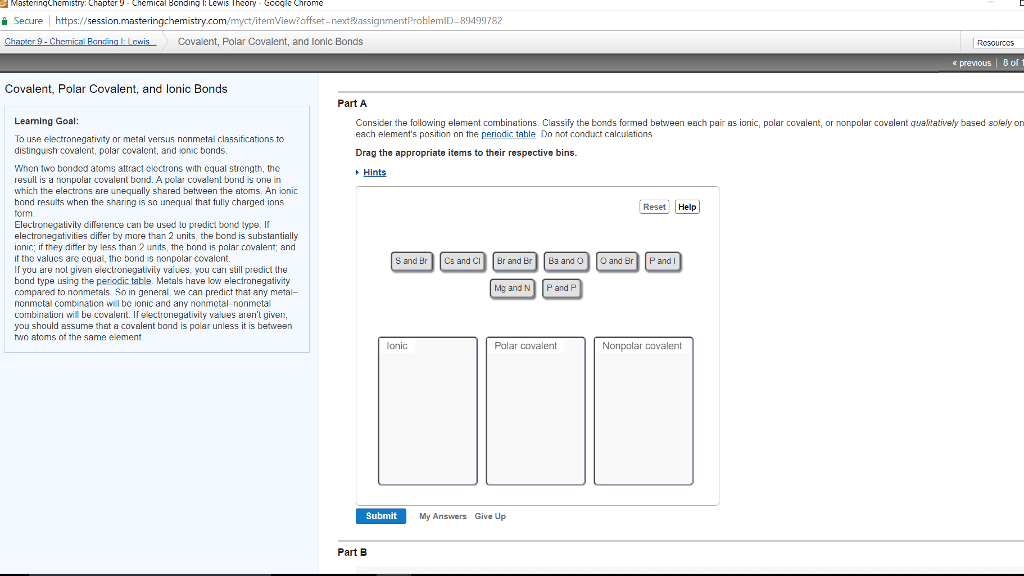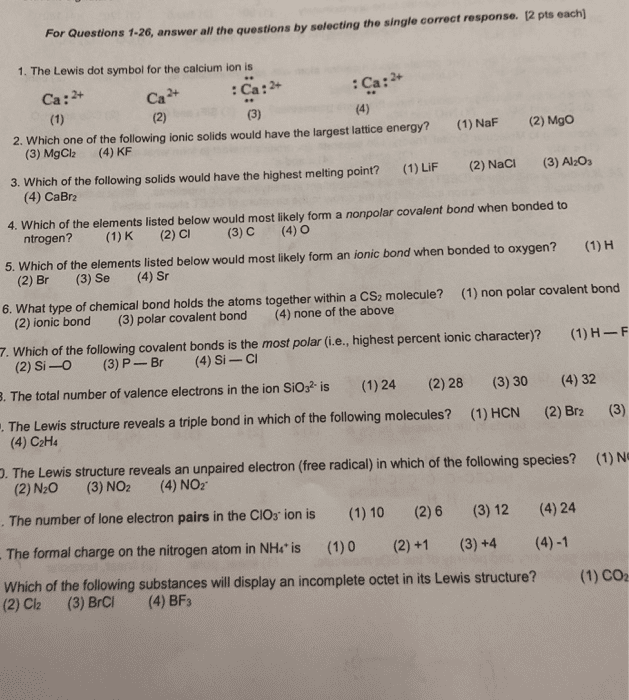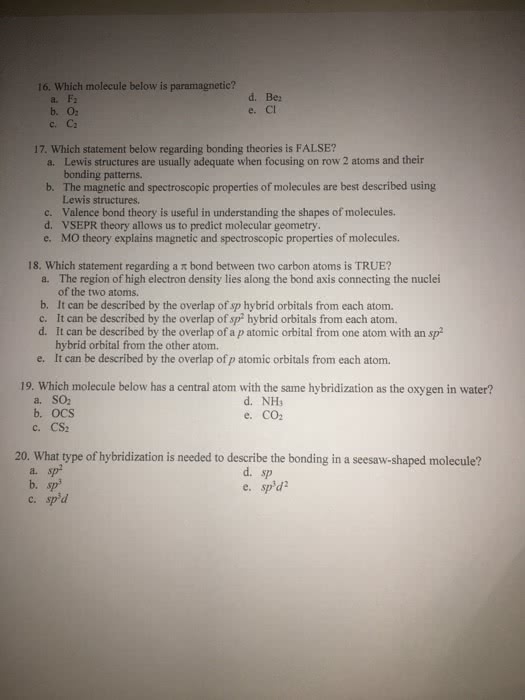CHM 2041 Lecture Notes - Lecture 11: Valence Electron, Ionic Bonding, Covalent Bond
51 views3 pages
Document Summary
Bonding theory: explains how and why atoms attach together to form. Can predict shape, chemical, physical properties of various compounds. Type of competition between nuclear repulsions (between different. Why do bonds form? atoms) and attraction of nuclei to electrons as well as electron-electron repulsion. The nuclei being attracted to electrons within is the glue that holds the atoms together. When electrons are transferred= ionic bond (forms a non-directional. When electrons are shared= covalent bond (single species molecules) When electrons are transferred or shared to give an atom a noble gas lattice) configuration= octet. Metallic bonding- atoms in a sea of valence electrons, more loosely the electrons are held, the more metallic, more conductive bond becomes (na+) For main group elements: that the used valence. Pair the dots until all the valence electrons are. Ex: nitrogen is in group 5a and so it has 5. Add dots one at a time moving clockwise electrons.
Get access
Grade+20% off
$8 USD/m$10 USD/m
Billed $96 USD annually

Homework Help
Study Guides
Textbook Solutions
Class Notes
Textbook Notes
Booster Class
40 Verified Answers
Class+
$8 USD/m
Billed $96 USD annually

Homework Help
Study Guides
Textbook Solutions
Class Notes
Textbook Notes
Booster Class
30 Verified Answers


